HOTSPOT FACTSHEET: PELAGIC BIRDWATCHING | ALGARVE
Location: Specialized boat trips depart mainly from Sagres, Portimão and Fuseta; there are however operators departing from elsewhere in the Algarve (Vilamoura, Faro, and Tavira being examples) | Completion Time: Highly variable | Best Time for Birdwatching: Summer, autumn and winter | Activities: Pelagic birdwatching; coastal birdwatching; observation of cetaceans, sharks, fish, and sea turtles; fishing; scuba diving; sightseeing;
[PLEASE CHECK ALGARVE’S SEABIRD SPECIALITIES AT THE BOTTOM OF THIS PAGE] Especially noteworthy species include a variety of shearwaters (Balearic, Cory’s, Scopoli’s, Sooty, Manx and Great Shearwaters), petrels (Wilson’s, Leach’s and European Storm Petrels) and skuas (Pomarine, Arctic and Great Skuas). This contingent is reinforced by birds like the Razorbill and the Common Scoter. Sabine’s Gulls and Long-tailed Skuas are rare visitors, whereas Ring-billed Gulls sometimes make an odd appearance on the Algarvian shores. Northern Gannets, Lesser Black-backed Gulls and Kittiwakes are in turn abundant, contrary to the regular but much scarcer Audouin’s Gulls, Grey Phalaropes, Atlantic Puffins and Arctic Terns. Balearic Shearwaters are also a frequent sight throughout the Algarvian waters despite its status as the most endangered seabird on the planet.
Many Balearic Shearwaters disperse to the Atlantic during May and June after breeding in the homonymous archipelago, and then return again to the Mediterranean between October and December. In conjunction with the Straits of Gibraltar, Cape St. Vincent represents a bottleneck in their at-sea movements; for this reason, Balearic Shearwaters are much easier to find around the Cape than in their far-northern range, off French, Irish and British waters. This vanishing bird can be seen from July onwards on a regular basis, but observations reach its peak in September and November. Balearic Shearwaters are a gregarious species that can often be appreciated in fairly high concentrations.
The largest concentrations of seabirds – Balearic Shearwaters and others – can occur at particular off-shore locations where underwater trenches are present. In combination with the wind and the currents, trenches and canyons lead to the local upwelling of sediments and plankton; this in turn attracts fish; and fish attracts both birds and cetaceans. Zooplankton, in particular, is the main food source for several species of seabirds and cetaceans. In effect, some pelagic species – such as Leach’s and Wilson’s Storm Petrels – feed directly on zooplankton, and concentrations of these pelagic birds may occur over upwellings where surface zooplankton biomass is greatest. The two closest upwelling sites in the Algarve are located 12 nautical miles northeast of Cape St. Vincent, and 10 nautical miles southwest of Faro (or 11 nautical miles from Fuseta).
These sites are often the best ones to observe the prized Wilson’s Storm Petrel. In the Algarve, this globally abundant but notoriously elusive species can sometimes be observed in their hundreds during the bird’s migrations (sightings peak in August – September); Wilson’s Storm Petrels breeds on the Antarctic and neighbouring areas during the southern hemisphere’s summer, making it one of the few seabirds that migrate into the northern oceans after the reproductive period (their migratory patterns are optimally geared towards exploiting the season-to-season availability of food in the South and North seas). Great and Sooty Shearwaters are other rare examples; in fact, the Sooty Shearwater is the only known bird that rivals the lengthy migrations of the Arctic Tern.
On the other hand, Cory’s Shearwater only breeds in the Canary Islands, as well as in the Portuguese archipelagos of Berlengas, Azores and Madeira (the bird’s largest colony is located in the appropriately named Savage Islands of Madeira). In late summer and autumn, most birds disperse back into higher latitudes, reaching as far north as the southwestern coasts of Ireland and Great Britain. These dispersive movements make it a very regular (and abundant) occurrence throughout the Algarvian coast for much of the year. Sightings of this species become more frequent in July, and reach its peak between September and October. In fact, both Cory’s and Balearic Shearwaters can be seen year-round in the Algarve, particularly around Cape St. Vincent; however, the very large rafts of Cory’s Shearwaters can often hide the Balearic species in their midst.
For practical and environmental motives, the best places in the Algarve to embark on a boat trip are probably Sagres, Portimão, Faro and Fuseta. Sagres is quite obviously the gateway to the rich waters bathing Cape St. Vincent and the surrounding Vicentine Coast. Being an important migratory stage, this striking coastal territory lies – rather conveniently – on the north-south post-nuptial migratory route of many species of seabirds. Such fact makes it especially rewarding for birdwatchers. But then again, the presence of tuna traps (an age-old type of fishing) just off the coast of Ilha da Barreta (Faro/Fuseta), for instance, also attracts many seabirds. Make sure that the people offering boat trips are knowledgeable of bird, fish and cetacean behaviour; many companies are purely recreational, and more suitable for the average, laid-back visitor. Guides holding a degree in Biology or Marine Biology and experienced skippers are obviously a plus.

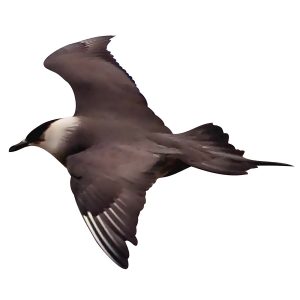 Arctic Skua
Arctic Skua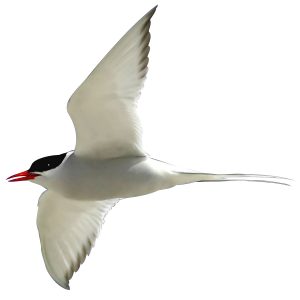 Arctic Tern
Arctic Tern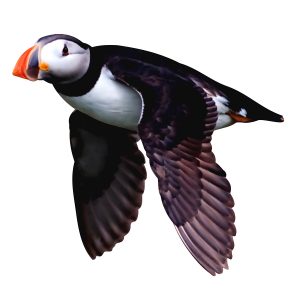 Atlantic Puffin
Atlantic Puffin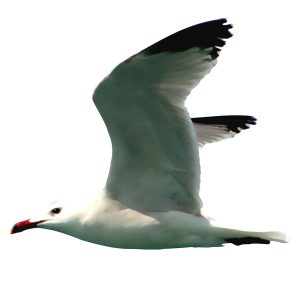 Audouin’s Gull
Audouin’s Gull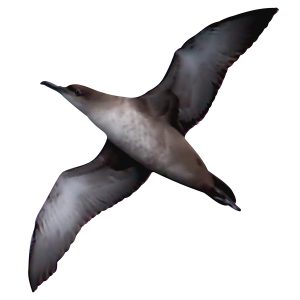 Balearic Shearwater
Balearic Shearwater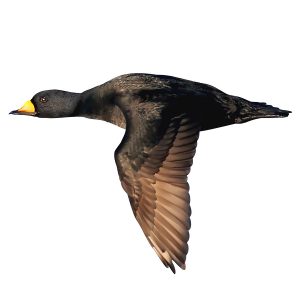 Common Scoter
Common Scoter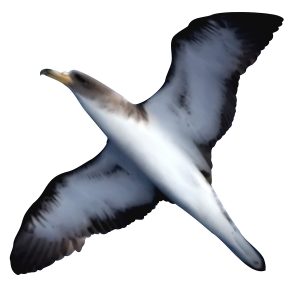 Cory’s Shearwater
Cory’s Shearwater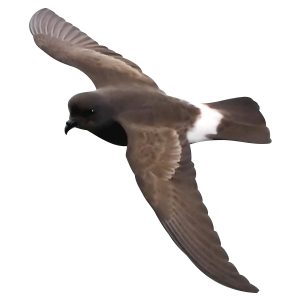 European Storm Petrel
European Storm Petrel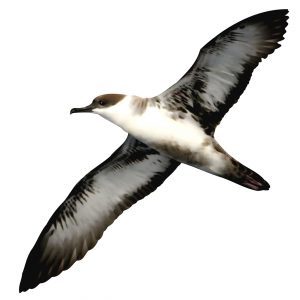 Great Shearwater
Great Shearwater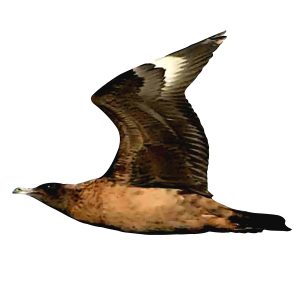 Great Skua
Great Skua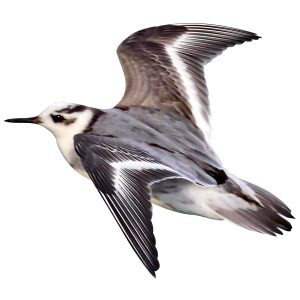 Grey (Red) Phalarope
Grey (Red) Phalarope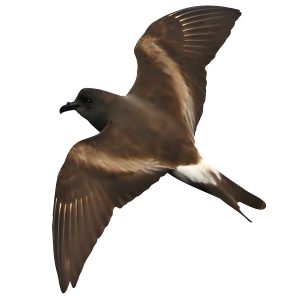 Leach’s Storm Petrel
Leach’s Storm Petrel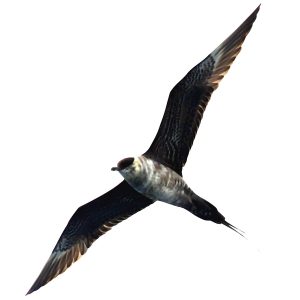 Long-tailed Skua
Long-tailed Skua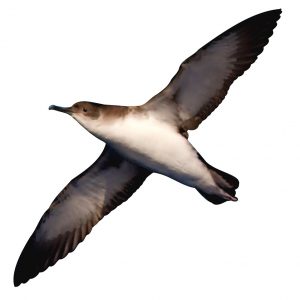 Manx Shearwater
Manx Shearwater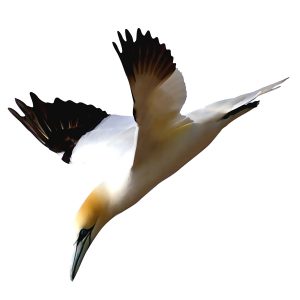 Northern Gannet
Northern Gannet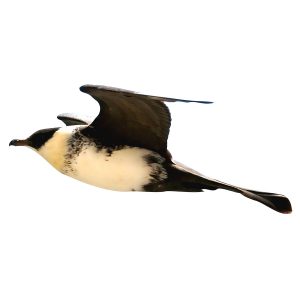 Pomarine Skua
Pomarine Skua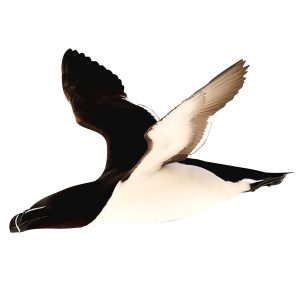 Razorbill
Razorbill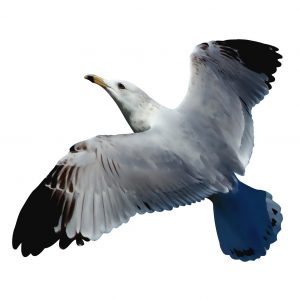 Ring-billed Gull
Ring-billed Gull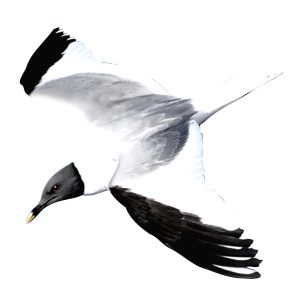 Sabine’s Gull
Sabine’s Gull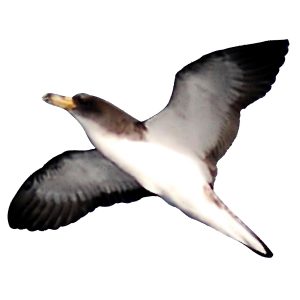 Scopoli’s Shearwater
Scopoli’s Shearwater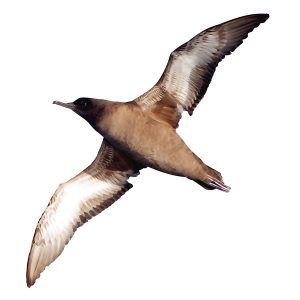 Sooty Shearwater
Sooty Shearwater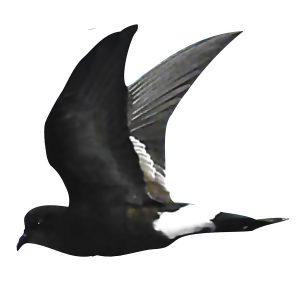 Wilson’s Storm Petrel
Wilson’s Storm Petrel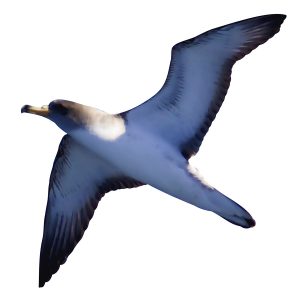 Yelkouan Shearwater
Yelkouan Shearwater